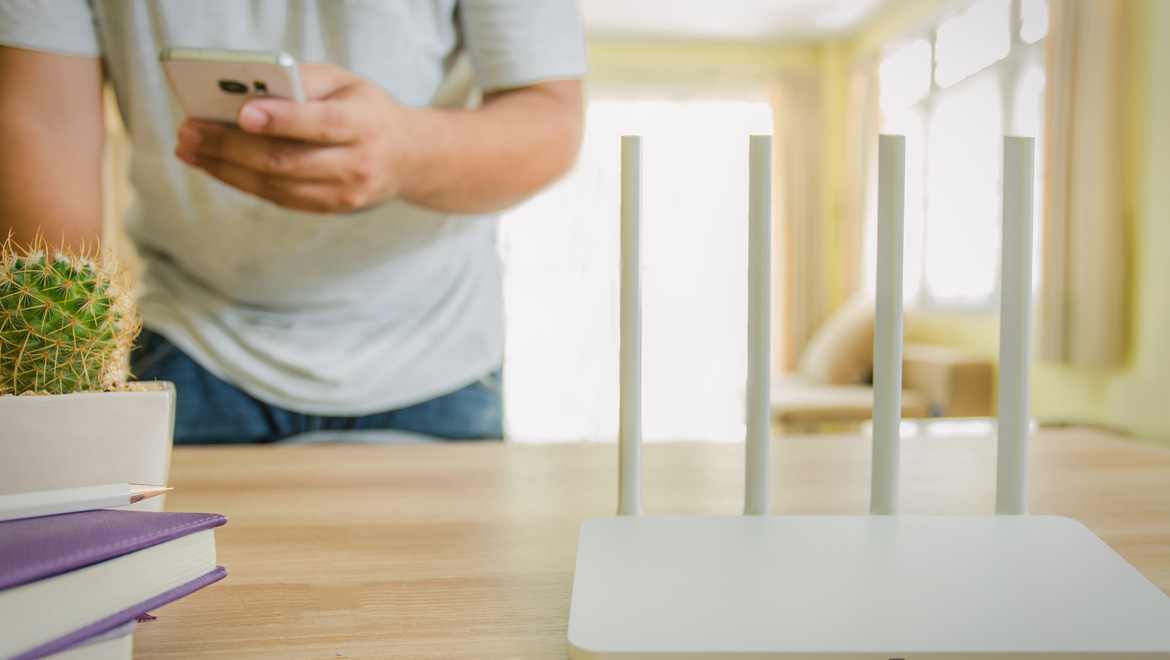PRESS AND NEWS CENTER
Technicolor’s deputy CEO, Michel Rahier, reviews the acquisition of Cisco’s Connected Devices unit one year on

- Technicolor’s acquisition of Cisco’s Connected Devices business unit a year ago made waves in the market by creating a new major player -- the second largest – in the connected home customer premises equipment market.
- Since completion of the acquisition Technicolor has been executing successfully and on schedule to an integration plan.
- The formal integration of the two businesses is nearing completion, but it is likely to take another year to complete integration of the ‘soft’ aspects, such as ensuring adoption of best practices from both organizations in areas such as customer service and product development.
Technicolor completed the acquisition of Cisco’s Connected Devices business unit at the end of 2015. Michel Rahier deputy CEO of Technicolor, who leads the Connected Home business, explains the impact of that deal on the market, reviews progress one year on and highlights some of the challenges ahead.
Michel, the end of 2016 represents the one year anniversary of Technicolor’s acquisition of the Cisco business unit that delivered set top boxes and gateways to the home.
That led to a significant increase in our profile in the industry. Can you tell us something about the impact associated with bringing together these two organizations?
Rahier: The merger of Cisco’s Connected Devices business unit with Technicolor had a very significant impact on the marketplace. Today we are the clear number two in the market for customer premises equipment and this a very different position from the one we occupied before that acquisition when we were part of the industry, but not one of the lead players.
The acquisition really caught the attention of the market. All our customers have been watching our progress with great interest.
They’ve been very keen to see how we’ve been going. The impact has been tremendous, and the reaction from customers from day one and one year on has been extremely positive.
How has the acquisition better enabled Technicolor to address the needs of our service provider customers across all regions of the world?
Rahier: The customer premises equipment market is one in which scale matters. Merging the Connected Devices business unit from Cisco with Technicolor has brought all the advantages of scale: the possibility to negotiate much better deals with our suppliers; the possibility to beef up our R&D capability and much more. This makes us a lot more meaningful to our customers.
On top of that we have brought together two different teams that were active in the same segment of CPE each of which had a great deal of experience in the market.
Cisco’s Connected Devices business had its origins in Scientific Atlanta, bought by Cisco about 10 years ago. They’ve brought us a lot of good practices that are very interesting from a technical point of view, from a product development point of view and more.
We’ve been able to combine these resources with those of Technicolor 1.0 – the historical Technicolor Connected Home business. The people of both organizations have brought their best practices and their best experiences with different types of customers in different parts of the world.
The merger of the two cultures is also creating definite advantages beyond simply the advantage of scale. All of this has contributed to a situation in which – now at the end of 2016 – our customers are even more confident that the acquisition was the right move and that our execution of the integration has been absolutely second to none.
You operate in an industry that is changing rapidly, especially with broadband technologies entering the fray. What are some of the technological challenges that you are now better able to address with this 2.0 version of the organization? How are you better able help service providers connect with their subscribers across all the different regions?
Rahier: By putting together the R&D teams and the product development teams from both organizations, we have developed a platform that is much bigger and more diversified in terms of the skills and the talents. This has greatly enhanced our ability to address the dramatic technological developments – and sometimes challenges -- our customers face.
For example, the fact that broadband is becoming more and more important for service providers means that we at Technicolor have to increase our investment in R&D. Having almost twice the number of engineers that we had before is definitely helping us to make progress in developing new solutions that help our clients. This is manifesting itself in our innovation initiatives around fiber, broadband, LTE, next generation gateways, software applications, and the future of gateways. These are all areas where we can accelerate product development dramatically to support network service providers.
Looking ahead, what is the state of the integration today?
Rahier: We have achieved a lot in one year. We did a very good job in the integration planning phase before day one. That was very, very thorough and we have executed on that throughout the first year.
Several important milestones have been achieved. The Cisco supply chain that was providing the former Cisco Devices business unit with products for our customers was merged with the Technicolor supply chain in July – which was right in line with our stated plan. This was a major achievement and it was accomplished with minimum hiccups to our customers. So a big thank you to our teams for achieving that result.
However, the integration of two large organizations like these — more than 750 people joined Technicolor on day one — are never completed in one year. Such integrations typically take two years. We are making sure the best practices from both organizations in areas such a product development, customer support – etc. – are adopted. I expect the integration from that perspective to be completed in 2017.